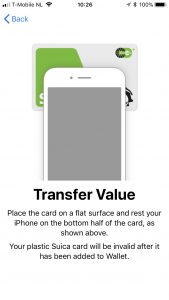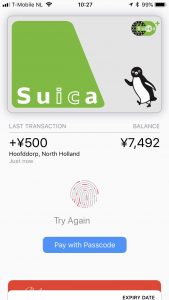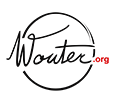I’m writing this half-way between Europe and the US. Decadently in business class.
I used to consider this was an extravagant decadence, a waste of money. Money was scarce, not mine to spend, or both. A typical ticket from Europe to the US costs about €400-600 per leg. The upgrade costs to business class is typically €300-600 per leg extra. That is a lot of money to spend on more personal space for ±8-10 hours.
And now that money isn’t scarce, but my time is, I’ve come to the conclusion that business class is actually cheaper for me financially. This surprised me (pleasantly ;-)). Below is my reasoning.
Yes: Getting work done
Flying in business class gives me room to put my laptop in an ergonomically ok distance (display is still too low, but there is not much to do about that), without fights for my elbow space or visibility on my screen.
As a result, I typically get a solid 4-6 hours of work done (no distractions), which pays for the upgrade costs. So this is money-cost neutral from just the work I can do on the plane.
Yes: less travel stress, more availability
Meanwhile, I travel much more comfortably, resulting in much less stress on my body and mind. I also get a good 2-3 hours of nap/meditation. The result is that I arrive in a much better physical state, with much less recovery time and energy costs. This saves me a good 1-2 days of crappy recovery from jetlag at the destination.
The improvement in my quality of life is totally worth it as a person, and me being immediately fully functional for work alone pays for the business class ticket in the 1-1.5 days of productivity that comes from that. Let alone the much deeper impact I can make from being resourced.
Conclusion: Heck yes!
So, now I decadently enjoy both the time saving and money making travel in business class.
Jet-setting and working hard,
Wouter
P.S. Regardless of the travel class, I have some tips that make travel much easier.


